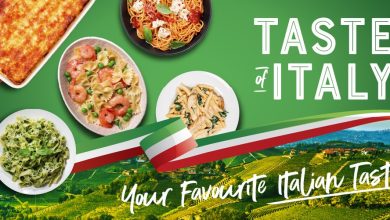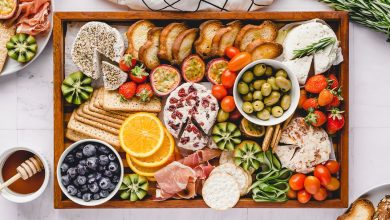Maharashtra State Food
In almost any country you can come across an Indian restaurant, and sometimes even an entire block, called by the locals Little India. These establishments are in demand, but, unfortunately, most often the menu presents a limited and repeatable set of dishes from the cuisine of the North of the country.
Although the inhabitants of the pearl of the English crown (as colonial India in Great Britain used to be called) do not eat one dal (mashed bean soup), eating everything with warm chapati (bread made from wheat flour), and sip sweet lassi for dessert.
It may seem that Indian cuisine is overly satisfying, fatty and very spicy. In fact, the content of the table of a resident of India strongly depends on his coordinates – a great variety of dishes follows a great number of regions. Even the famous Masala Chai’
brewed with a mixture of spices, herbs and milk, is almost impossible to find in southern India. Although, it would seem that this traditional drink is associated with India in the same way as gingerbread with Tula. Moreover, the recipe for making a unique Masala chai strongly depends on the region of the country, and even each family can have its own secrets and subtleties of brewing. And such features are observed in any city of a vast country.
Remembering how much territory and latitude India occupies on our planet, it is easy to imagine such diversity: the inhabitants use local products, spices, animals in their diet (yes, not only vegetarians can be found on Indian trails). Religion’
culture and traditions played an important role. It is worth noting that the cuisine was adjusted and changed under the influence of other countries claiming ownership of the unique lands of India. So, for example, such a familiar potato took root in Indian families after it was imported into the country with Portuguese ships. But the reverse pump launched grandiose flows of fragrant spices and herbs.

We begin our acquaintance with him, because the capital and largest city of the state is the beautiful Mumbai (aka Bombay), where travelers most often fly. I remember my surprise when I paid 200 rubles on the very first evening for a portion of frozen yogurt, naturally’
with all sorts of harmful fillers like cheesecake slices and crispy cereal. You experience a slight mercantile shock after all these hearty “basins” of Sabri with hot chapatis for ten rubles in eateries in other cities of India. But famous for its contrast, Mumbai can feed a traveler with any wallet thickness.
The cuisine of Maharashtra pleases with a grandiose range of dishes: from piping hot to surprisingly tender and airy. Even in the conditions of one state, the ingredients of the same dishes are highly dependent on geography and local nature. So, the inhabitants of the coastal zone are happy to add seafood to their diet. Coconut shavings and milk are enthusiastically added to almost all dishes here.
You will find roasted peanuts in almost every dish in northern Maharashtra. The local curry is also worth trying, as this state uses its own special blend of spices (sweet masala and black masala). Vegetarian curries are often made with potatoes, cauliflower, tomatoes, and coconut milk. TaambdaRassa (red curry) and PandhraRasa (white curry) with chicken and lamb are very popular among non-vegetarian items.

Connoisseurs of proper nutrition will also like it in the state of Maharashtra for the approach of local residents to the cooking process. Most often, they are steamed here or lightly fried with a slight addition of oil in order to preserve the taste purity of the products. Fresh vegetable salads (koshimbir), marinades and unique chutneys (sauces) are very popular here.
So you landed in Mumbai. What to eat, where to run? In fact, everything is surprisingly easy with an eclectic city: here you can taste traditional dishes from any region of the country, and, in principle, from the whole world. You can always eat lasagna on the beautiful cushions of soft sofas in an air-conditioned restaurant’
but the true taste of Mumbai will be given to you by the bustling streets of the city with noisy queues and open dining rooms. I will only make a list of must-have dishes, without knowing which it will be dishonorable to leave the vibrant city.
Most often, for lunch and dinner in the state of Maharashtra, dishes are served on a Thali – a large metal tray with recesses for various dishes or with metal bowls on it. Moreover, the traditional, classic Tail is a banana leaf, on which food is laid out in handfuls. You can call it a set meal. The order of the dishes on the tray is strictly defined, and most often you will notice among them bhaji (vegetables fried in dough)’
chutney (sauce) and pickled vegetables, rice, dal soup. Eat most often with the right hand, which is considered clean. I advise you to try out such table etiquette: no one will look askance at you, but new emotions will be enough. Especially for this, in all institutions of the country there are a number of open shells. If you were satisfied with your dinner, then the sheet closes “to yourself.” If you closed the sheet “from yourself”, then you didn’t like something, and most likely you won’t be found here again.



